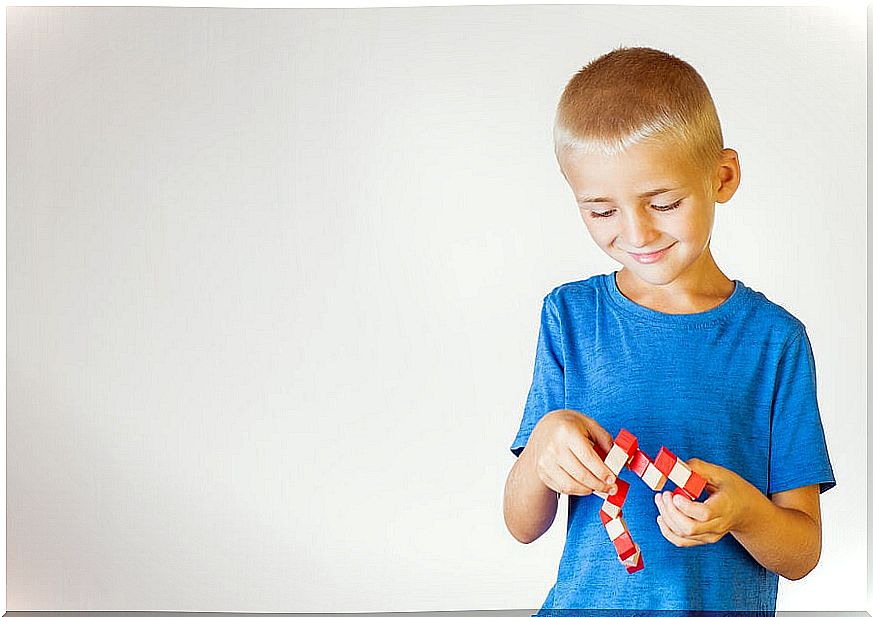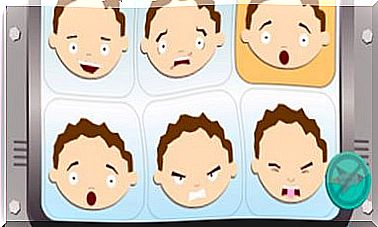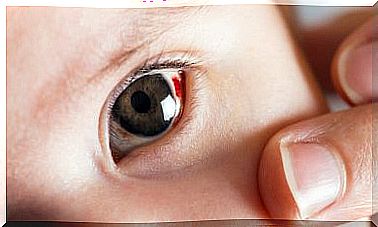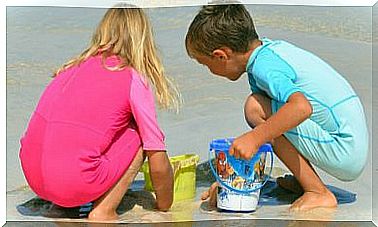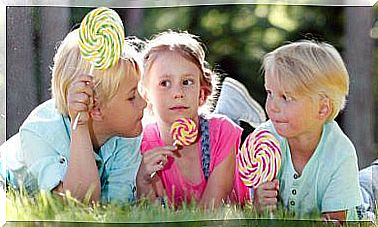What Is Thought Based Learning?
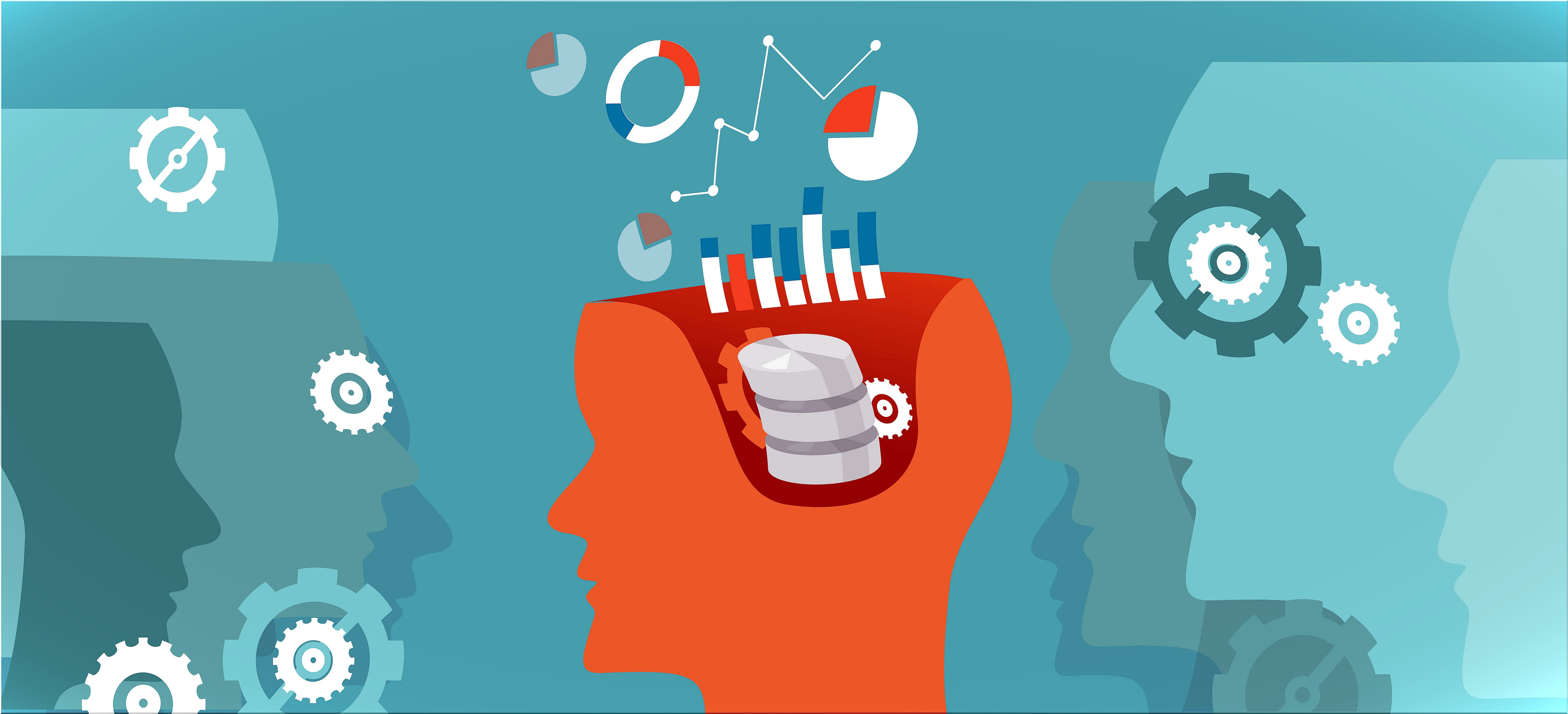
Thought-based learning aims for people to develop mental skills that help them think in a more orderly, methodical and careful way, and that they are able to reflect on their own thoughts.
TBL or thinking-based learning
The Thinking-Based Learning (TBL) or thought – based learning is a methodological approach to teaching reasoning. For this, it is necessary for students to learn and develop certain mental skills and habits.
One of the school goals related to the knowledge that makes up the curriculum is for students to learn it, but to use it in turn.
And it is precisely a perspective of learning based on thinking that defends as a primary educational objective that students develop an ‘effective’ type of thinking. That is, a thought capable of making decisions, of arguing, analyzing, being creative and critical.
Robert Swartz, main representative of thinking-based learning, in his book Thinking to Learn defends the need to work and exercise effective thinking, which implies knowing and assimilating the necessary procedures to achieve this type of thinking. These procedures are higher-order reasoning and analytical and reflective skills.
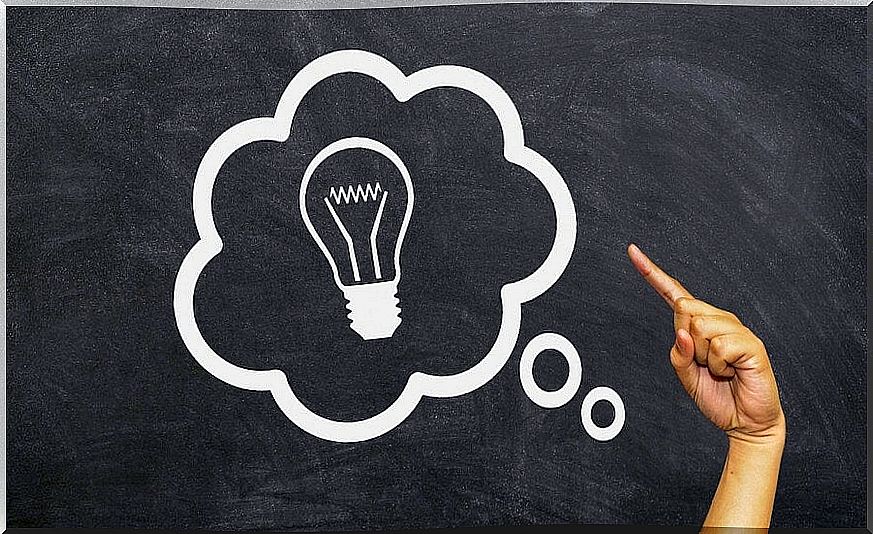
The three basic pillars of effective thinking
If we refer to adults, developing effective thinking, as we have said, implies putting into play mental skills that help them to develop better in different areas of life, both daily and professionally. In this sense, we could say that effective thinking is made up of:
- Thinking skills. They are thoughtful and appropriate procedures for each particular situation.
- Habits of mind. This means that the use of the skills mentioned above becomes a common practice for people. That is, in their way or in the fact of thinking that way. Habits of mind that contribute to effective thinking include the following:
- Persisting in a task that requires thinking, managing impulsivity, and taking reasonable risks in thinking and acting.
- Listen with attention, understanding and empathy.
- Reflect flexibly and respond with curiosity and interest.
- Ask questions and pose problems, seek precision and accuracy, and communicate clearly and precisely.
- Think independently and maintain an open posture to continuous learning.
- Create, innovate and imagine, and find humor.
- Collect data using all the senses.
- Apply knowledge acquired in the past to new situations.
- Metacognition (thinking about the act of thinking). Once the habit of thinking using the thinking skills we have talked about has been incorporated, metacognition refers to reflecting on one’s own thinking skills that one uses in situations. Ultimately, it is about thinking and analyzing what mental processes we have used to make decisions and actions.
Thought-based learning from infancy
Now, we have described the characteristics of thinking-based learning to develop an effective way of thinking in adults. But what about young children? Is it possible to start developing an effective type of thinking from an early age?
Precisely, Robert Swartz affirms that it is possible to develop thinking skills in young children through the teaching of thinking routines. Like, for example, comparing and contrasting situations to find important similarities and differences, and drawing conclusions.
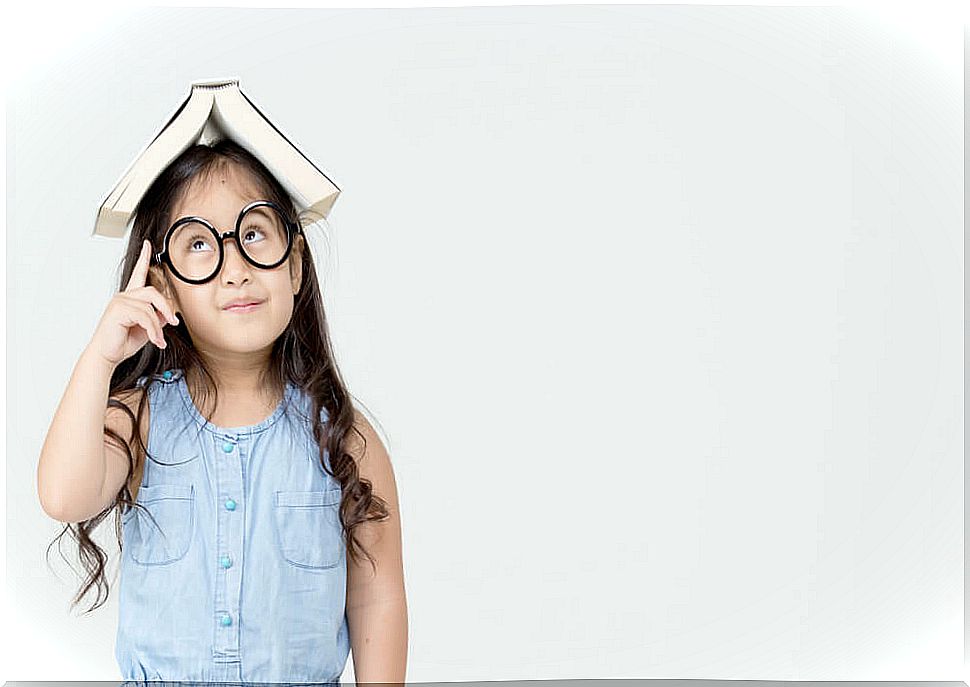
Those who defend thinking-based learning argue that habits of mind must be worked on in school situations from the childhood stage. Along these lines, Swartz also establishes three types of thinking that should be taught to children:
- Conceptualize, understand, order, develop and progressively build ideas.
- Solve problems, identify what it is and why there is a problem. Find possible solutions and decide which is the best and why.
- Make decisions, choosing the best action.
Thought-based learning to teach thinking …
The goal of thinking-based learning is to teach how to think. It is to get students, from a young age, start in cognitive tasks to address the content that they are taught. With which, they must learn from a young age to plan and guide their own thoughts, as a way of reflecting before making a decision.
In short, a person who thinks is capable of analyzing a situation in a rigorous and efficient way, assessing what to do. And also valuing the tools, skills and mental habits that you have, in order to make the most accurate decision possible.
